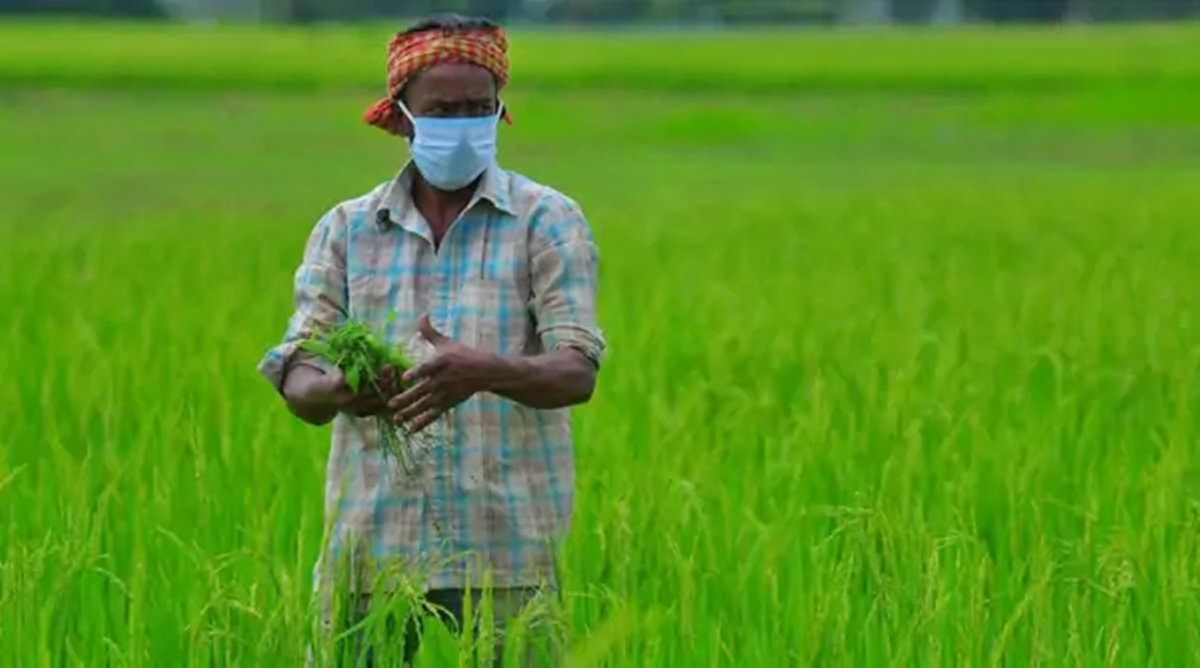In the fiscal year ending March 31, 2023, India’s agricultural exports are expected to reach a new high. Imports, on the other hand, are reducing the overall farm trade surplus.

In a nutshell, agriculture trading
- In fiscal year 2022-23, India’s agricultural exports are expected to reach a new high.
- Farm exports totaled $39 billion from April to December 2022, representing a 7.9% increase over the same period the previous year.
- Imports of agricultural produce have also increased 15.4% from $24.1 billion in April-December 2021 to $27.8 billion in April-December 2022, causing the overall farm trade surplus to shrink.
- As a result, the surplus on the farm trade account has shrunk even further.
- Note: This newscard contains useful information about the agricultural export-import balance. Aspirants are advised to learn the trend rather than memorise the numbers.
Drivers of Exports
The two big contributors to India’s agri-export growth have been rice and sugar.
(1) Rice
- In 2021-22, India exported an all-time high of 21.21 million tonnes (mt) of rice worth $9.66 billion.
- This included 17.26 million tonnes of non-basmati rice (worth $6.12 billion) and 3.95 million tonnes of basmati rice ($3.54 billion).
- Basmati rice has been the primary driver of growth in the current fiscal year.
- Its value of exports has increased by 40.3% (from $2.38 billion in April-December 2021 to $3.34 billion in April-December 2022).
- Non-basmati exports have grown at a slower pace, increasing by 3.3% in value ($4.51 billion to $4.66 billion) and 4.6% in quantity (12.60 mt to 13.17 mt).
(2) Sugars
- Sugar exports reached a new high of $4.60 billion in 2021-22, up from $2.79 billion, $1.97 billion, $1.36 billion, and $810.90 million in the previous four fiscal years.
- This fiscal year saw a 43.6% increase, from $2.78 billion in April-December 2021 to $3.99 billion in April-December 2022.
- Rice and sugar exports from India are on track to reach, if not exceed, $11 billion and $6 billion, respectively, in 2022-23.
Key imports
More than a general export slowdown, it’s the growth in imports that should be cause for concern. This has come mainly from three commodities-
(1) Edible oils
- The first is vegetable oils, with imports increasing from $11.09 billion in 2020-21 to $18.99 billion in 2021-22.
- Imports now account for more than 60% of the country’s annual oil consumption, which is estimated to be 22.5-23 mt.
(2) Cotton
- Cotton has shifted from being a net exporter to a net importer in India.
- Cotton exports from India reached an all-time high of $4.33 billion in 2011-12.
- It remained relatively high until 2013-14 ($3.64 billion), before falling to $1.62 billion in 2016-17 and $1.06 billion in 2019-20.
- Following that, there was a recovery to $1.90 billion in 2020-21 and $2.82 billion in 2021-22.
- However, imports increased from $414.59 million to $1.32 billion during the same fiscal period.
Policy implications
- It can be seen how closely India’s farm performance is linked to international commodity prices.
- The UN Food and Agriculture Organization’s (FAO) Food Price Index averaged 122.5 points in 2012-13 and 119.1 points in 2013-14, with a base value of 100 for the 2014-16 period.
- Those were the years when India’s agricultural exports totaled $42-43 billion. Exports fell to $33-34 billion as the index fell to 90-95 points in 2015-16 and 2016-17.
- Exports recovered in 2020-21 and 2021-22 in tandem with — rather, as a result of — rising global prices and the FAO index, which averaged 102.5 points and 133 points in the two years.
Inferences from this trend
- Furthermore, as was the case from 2014-15 to 2017-18, this could be accompanied by increased imports.
- In the end, policymakers’ priorities may have to shift from pro-consumer (to the point of prohibiting or restricting exports) to pro-producer (providing tariff protection against unbridled imports).
Way ahead
- Cotton and edible oils require action from the government.
- Cotton output in India has fallen from a high of 398 lakh bales in 2013-14 to a 12-year low of 307.05 lakh bales in 2021-22.
- The consequences of not allowing new genetic modification (GM) technologies after the first-generation Bt cotton are clearly visible, and they are affecting exports as well.
- A proactive approach is also required in the edible oil industry, where the planting of GM hybrid mustard has been allowed with great reluctance — and is now before the Supreme Court.
Source: https://indianexpress.com/article/explained/explained-economics/what-farm-exports-data-show-8440983/#:~:text=Government%20data%20show%20the%20value,look%20set%20to%20be%20surpassed.
